SOAP overseas study tour
April 1, 2016
Be sure to follow the Premier’s Spirit of Anzac Prize overseas study tour – the group of 22 students are travelling around Greece and learning about the connections to Australia’s military history. Enjoy the photos, read the blog and, for all Year 9 and 10 students – be sure to enter the competition to be in the running for the 2017 Prize.
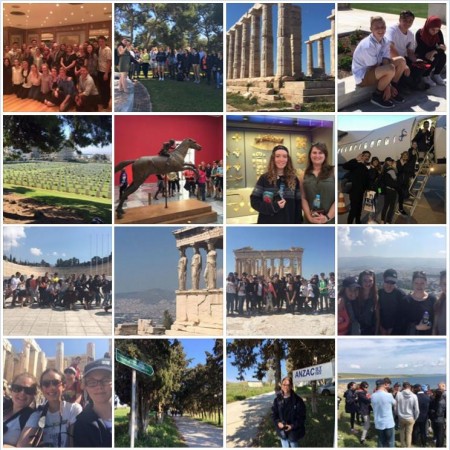




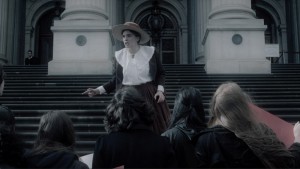

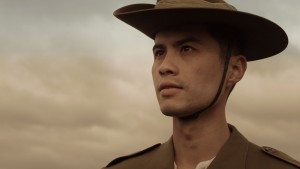
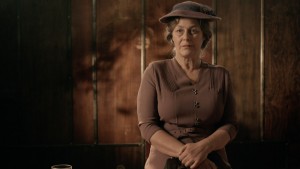
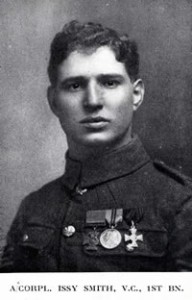 Ishroulch Shmeilowitz was born in Alexandria, Egypt in 1890. At the age of 11, for reasons unknown, Ishroulch stowed away on a ship bound for London. Just 3 years later, he joined the British army at the age of 14, and became a private in the Manchester Regiment. It was at this time that he adopted the pseudonym ‘Issy Smith’ at the request of the recruiting sergeant. After he completed his army training, Smith served in South Africa and India with the 1st Battalion of the Manchester Regiment.
Ishroulch Shmeilowitz was born in Alexandria, Egypt in 1890. At the age of 11, for reasons unknown, Ishroulch stowed away on a ship bound for London. Just 3 years later, he joined the British army at the age of 14, and became a private in the Manchester Regiment. It was at this time that he adopted the pseudonym ‘Issy Smith’ at the request of the recruiting sergeant. After he completed his army training, Smith served in South Africa and India with the 1st Battalion of the Manchester Regiment.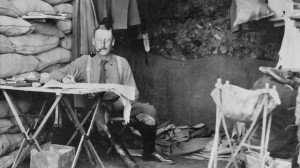 Brudenell White was no stranger to this kind of detailed thinking and strategy.
Brudenell White was no stranger to this kind of detailed thinking and strategy. Sunday 25 October marks the 100th anniversary of the death, at Gallipoli, of Private James Charles (Jim) Martin. Jim Martin is thought to be the youngest Australian to die on active service.
Sunday 25 October marks the 100th anniversary of the death, at Gallipoli, of Private James Charles (Jim) Martin. Jim Martin is thought to be the youngest Australian to die on active service.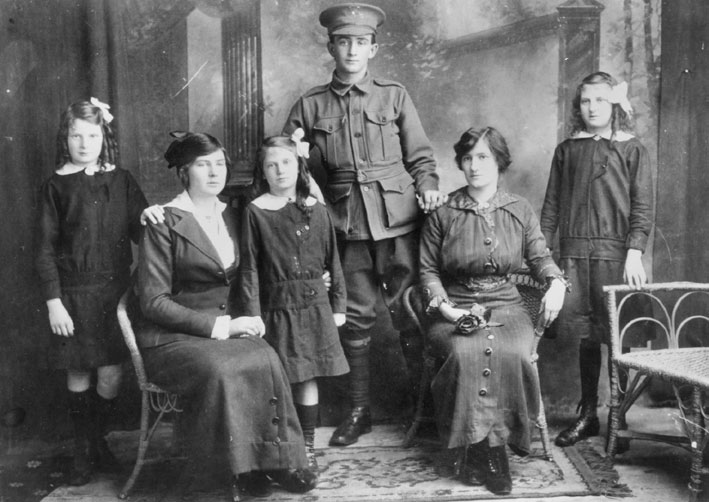
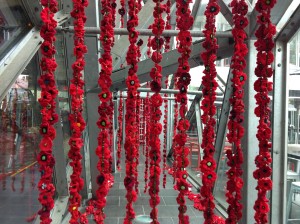

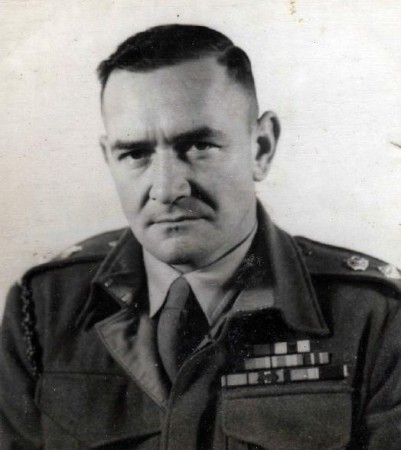 On the 14th of October this year, 2015, the primary school in Kamiatum , Papua New Guinea will be named in honour of George Warfe, for his service during the Wau-Salamaua Campaign. The then Major George Warfe was OC of the 2/3rd Australian Independent Company.
On the 14th of October this year, 2015, the primary school in Kamiatum , Papua New Guinea will be named in honour of George Warfe, for his service during the Wau-Salamaua Campaign. The then Major George Warfe was OC of the 2/3rd Australian Independent Company.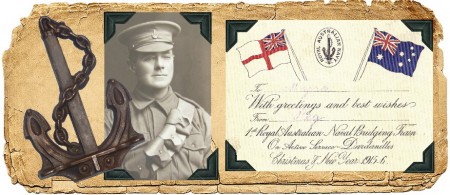 Engineering materials were scarce on the Gallipoli Peninsula, and faced with a lack of suitable bolts and iron dowels essential for pier construction, the men turned to a wrecked sand dredge to acquire the necessary material. It’s artificers removed guard-rails and rungs cut from steel ladders to fashion their own fasteners using a portable forge.
Engineering materials were scarce on the Gallipoli Peninsula, and faced with a lack of suitable bolts and iron dowels essential for pier construction, the men turned to a wrecked sand dredge to acquire the necessary material. It’s artificers removed guard-rails and rungs cut from steel ladders to fashion their own fasteners using a portable forge.